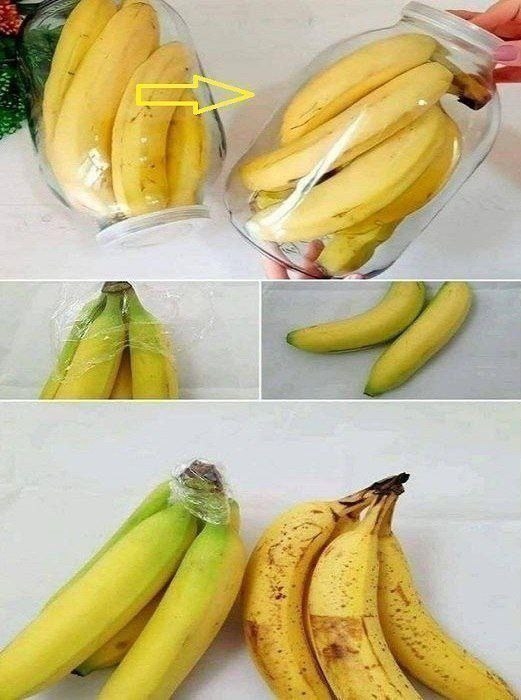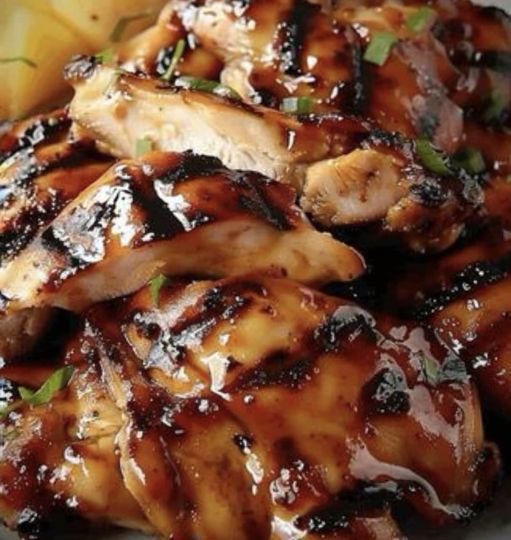A cast iron skillet is supposed to be the workhorse of your kitchen—an heirloom-quality pan you can pass down to your grandchildren. For centuries, home cooks and professional chefs alike have trusted cast iron for its durability, versatility, and near indestructibility.
So when your brand-new cast iron skillet breaks—before you’ve even used it—you’re probably wondering:
What the heck just happened? And now what do I do?
Don’t panic. You’re not alone, and you’re not at fault. Here’s what you need to know about why this can happen, how to handle it, and how to make sure your next skillet lasts a lifetime (as it should).
⚒️ Why Did the Handle Break?
First things first: a cast iron skillet should not break under normal circumstances, especially not before its first use. When it does, it’s almost always due to a manufacturing flaw, shipping damage, or quality control issue.
Here are some key reasons your skillet handle might have snapped:
1. Manufacturing Defect
Cast iron is made by pouring molten iron into a mold. If the mold isn’t filled properly, or if the iron has impurities or air pockets, it can create weak points. A handle with even a small structural flaw can be vulnerable to stress or temperature changes.
These defects are usually invisible to the naked eye—until they cause a failure.
2. Low-Quality Casting or Materials
Not all cast iron is created equal. Some manufacturers cut corners by using inferior iron alloys, rushing the casting process, or skipping vital finishing steps. The result? Brittle iron that can crack or break under minimal pressure.
If you bought a cheaper or unbranded skillet from a big-box store or online marketplace, this is a likely cause.
3. Shipping Damage
Heavy cast iron cookware is surprisingly susceptible to damage in transit—especially if it’s dropped or roughly handled during delivery. A hairline fracture could form without you knowing, and the handle might break off days later with little or no force.
4. Improper Cooling or Tempering
After casting, cast iron needs to cool evenly and slowly. If it cools too quickly, or unevenly, it can stress the metal, making it more prone to breakage.
This is why top-quality brands temper and test their skillets thoroughly before shipping.
🧾 What Should You Do Now?
1. Stop Using It Immediately
As tempting as it may be to try to salvage the pan, using a skillet with a broken or compromised handle is unsafe. It could lead to spills, burns, or further injury.
Set it aside and do not attempt to cook with it.
2. Document Everything
Take clear, high-resolution photos of:
- The broken handle and where it detached
- Any serial numbers or markings on the pan
- The packaging (if damaged)
- Your purchase receipt or order confirmation
This documentation will be critical for warranty claims or refunds.
3. Check the Warranty or Return Policy
Most reputable cast iron manufacturers offer lifetime warranties—especially for defects like this. Even if it’s not a lifetime warranty, many retailers have a 30-90 day return window, especially for cookware that arrives damaged or unusable.
- Contact the manufacturer directly if it’s a known brand (like Lodge, Smithey, Stargazer, or Finex).
- Contact the retailer if you bought it from Amazon, Walmart, Target, or another third-party platform.
Be polite, provide your photos, and clearly explain that the handle broke before use. Most brands or sellers will offer a replacement or full refund.
4. Don’t Try to Fix It
Next page





